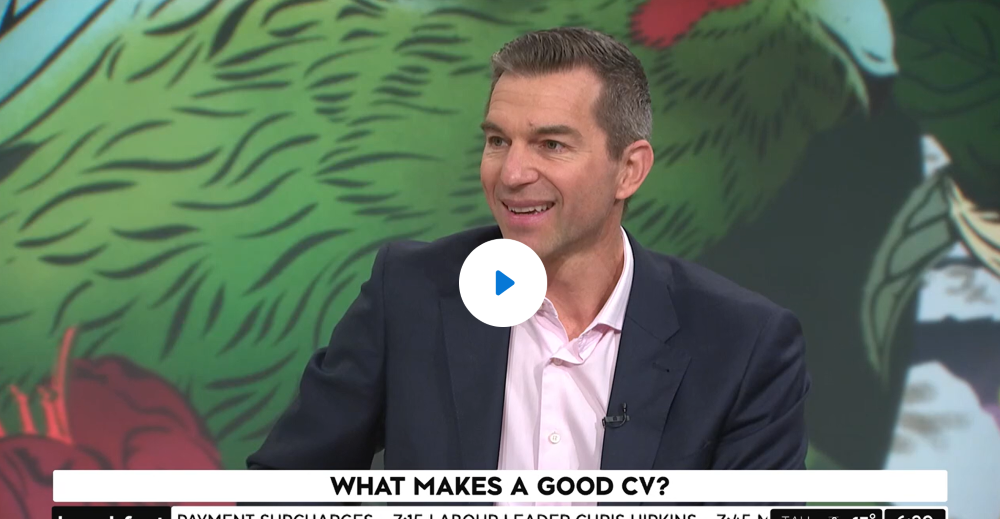February 1, 2022
How to Negotiate More Flexibility
by
Tony Pownall
Post pandemic some leaders see the shift to WFH, hybrid and other flexibility practices as a short term lockdown necessity rather than a permanent paradigm shift. So on the assumption you otherwise enjoy your role but are frustrated by a lack of flexibility what can you do?
If there is one thing COVID and the current skills shortage has helped with, it's the acceleration of flexible working practices. By that I mean allowing freedom for employees to set their time and place of work as it best suits them.
However, while some employers were already well advanced in their attitude and policies, even today post pandemic some leaders see the shift to WFH, hybrid and other flexibility practices as a short term lockdown necessity rather than a permanent paradigm shift.
If you find yourself working for a leader who has yet to embrace the trend to greater flexibility you have two choices:
1. Vote with your feet and leave, or
2. Build a compelling case for increased flexibility.
Generally the job market has never been better to take option 1 and switch jobs. However, flexibility is only one aspect of the engagement equation and if you otherwise enjoy your manager, colleagues, culture and work switching jobs may see you solve one issue but create another.
So on the assumption you otherwise enjoy your role but are frustrated by a lack of flexibility what can you do? We'll firstly, let's understand the reasons some leaders are still reluctant:
Generational Differences:
This is a touch stereotypical but you'll find leaders of generation X and older can have engrained habits and beliefs from their own work experience. Under the command and control style of baby boomers we learnt to put our head down, work hard, prove ourselves and then (hopefully) the business would reward us for it. It was very much about earning trust and the right to ask. While there's a general trend in leadership to managing by 'outcomes' first, some are still fixated on managing 'inputs'. Eg: hours vs output.
Younger professionals today are quite different, and while most still appreciate that freedoms like flexibility are still built on trust there is an expectation of "allow me to demonstrate I can uphold your expectations from the outset, and if I abuse that trust then take it away".
Collaboration and Culture:
Having everyone in the office all of the time makes communication and collaboration easier, and from that stems trust and a 'cultural identity'. There is no doubt that as a leader you have to change the ways and times you do this with a dispersed workforce and need to be more disciplined and deliberate with your time together. A lot of managers haven't figured out how to do this yet.
Performance and Tenure:
There is greater unease about allowing either new staff or those not performing to have greater flexibility. It's still widely assumed that training, building relationships and 'performance management' needs to be face to face. For instance, we have some clients requiring new starters to work full time from the office for 6 months, yet other clients hiring people who are in different cities and may never visit the office.
So, with this in mind, how do you build your case?
Most importantly, your request must centre around what's right for the team and business as much as it does you. Most people make the mistake of requesting flexibility without addressing or even considering the impact on others.
Show How You'll Maintain Performance:
The key here is first knowing what is expected of you in the role, and research I saw only this week claimed 50% of employees don't actually know. If that's the case I suggest booking a conversation first to agree this. You could say "I'm looking to make some improvements to the way I work this year but to do so I'd first like some more clarity on your expectations of me and how I'm measuring up against these now". It's a fantastic conversation to initiate regardless!
Once you're clear on the measurable outcomes of your role you can now list how you'll protect or even enhance these results with your proposal. If you learn through this process that aspects of your performance are not currently meeting expectations that's ok, it's better to know than not. You'll just have a greater challenge in showing you can link flexibility to improved outcomes, or otherwise agree that you'll improve X then initiate your proposal.
Collaboration and Culture:
If you need to be available for stakeholders or collaborate with others suggest ways in which this can still happen. List each stakeholder or interaction (eg: team meeting) and either propose a workaround like virtual attendance or show flexibility by making exceptions to still join key meetings or events.
Suggest a Trial:
Ask for a 1-3 month window to prove your proposal can work for all parties. You could even put a meeting time in their diary now to review.
In creating a short business case rather than request you'll show that you're commercially minded, responsible and understanding of the tensions at play. It will also help your manager gain approval if required. You might even open a conversation that helps your manager apply this more broadly.
Of course if this doesn't work you can always fall back to option one and contact us. Just remember, good leaders and culture are also hard to find so don't throw the baby out with the bathwater.




